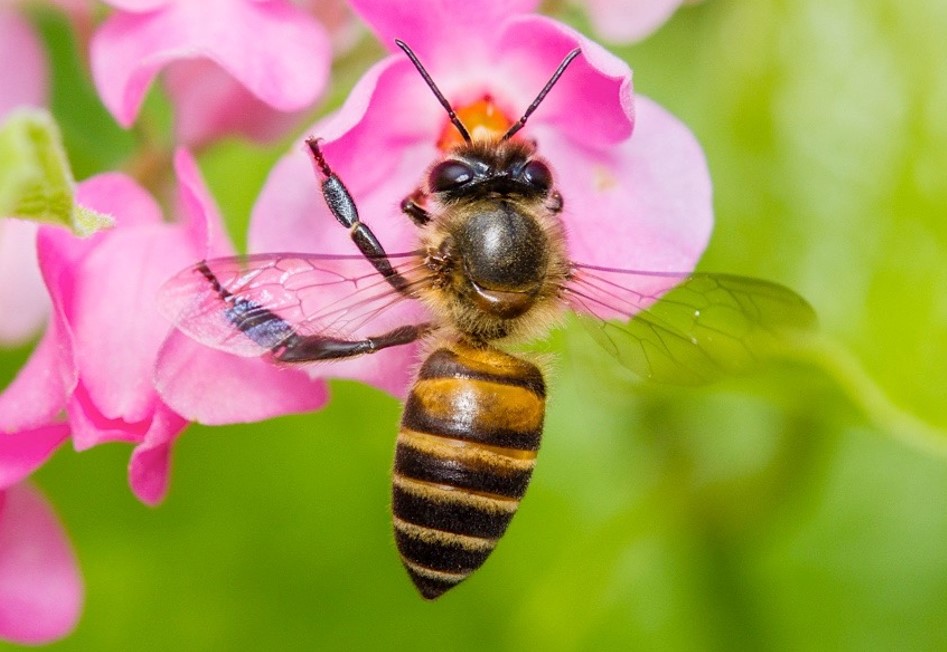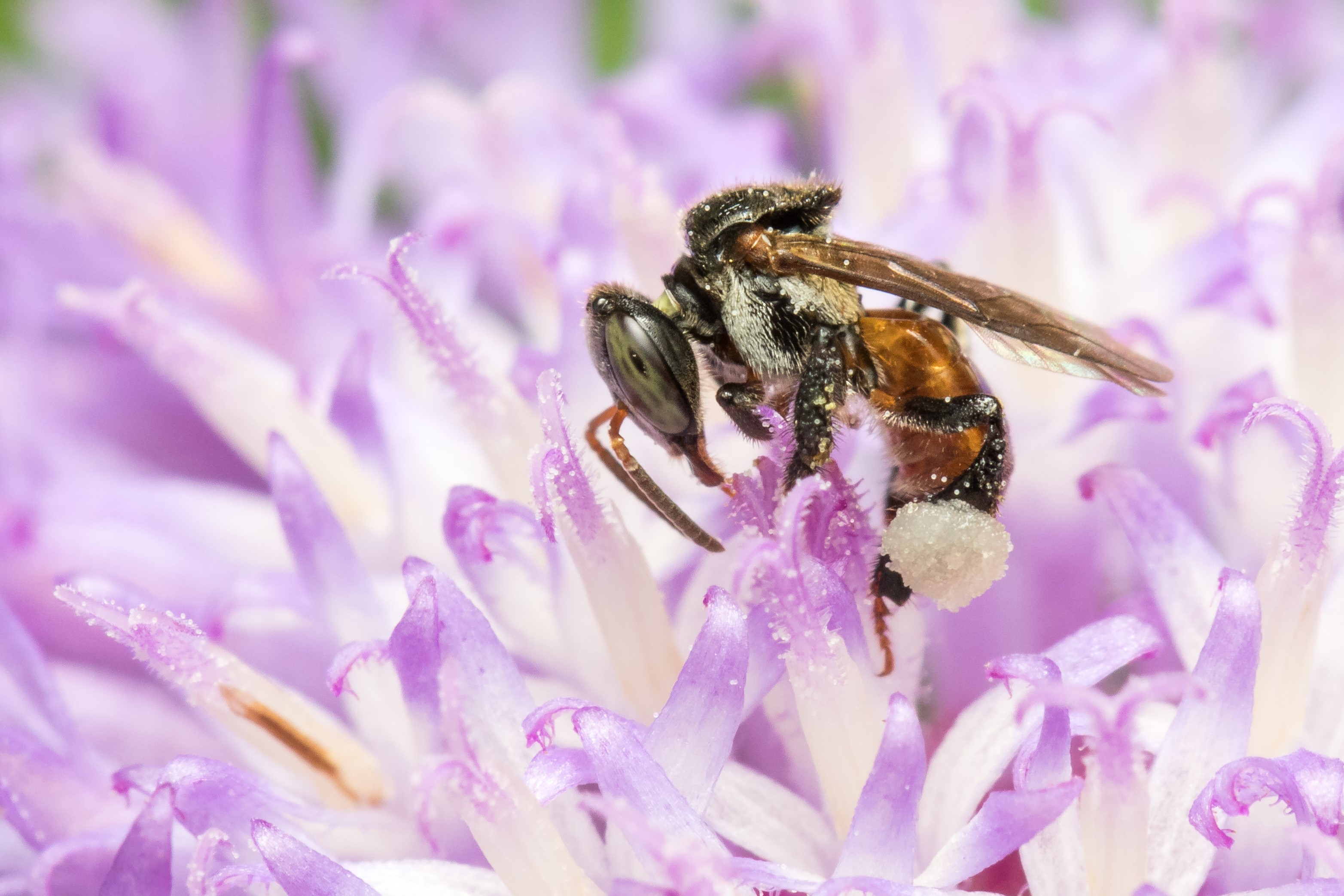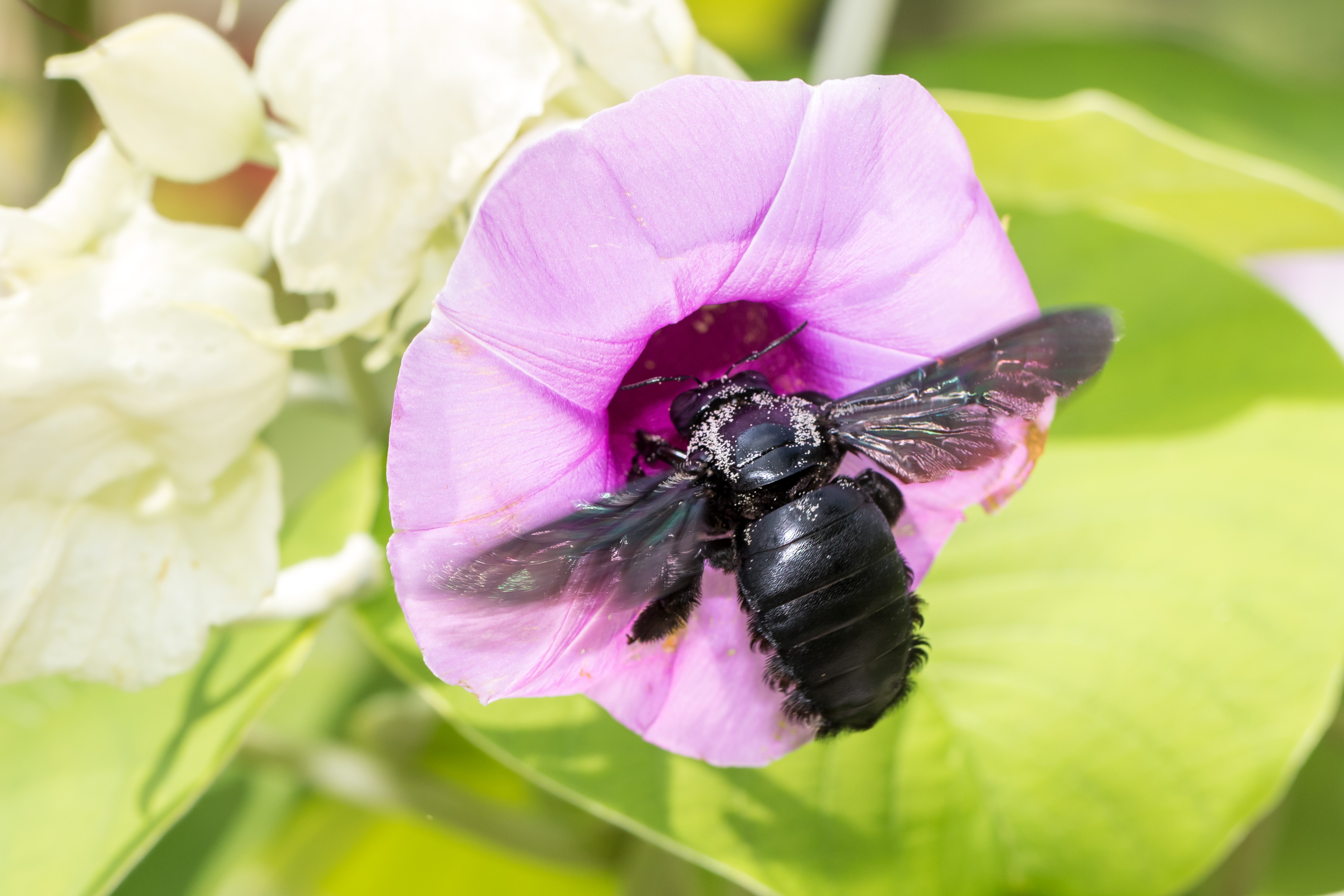
Official website links end with .gov.sg
Government agencies communicate via .gov.sg websites (e.g. go.gov.sg/open). Trusted websites

Secure websites use HTTPS
Look for a lock (
-
- Find a park or park connector
-
- Arts or heritage appreciation
- Barbecuing
- Birdwatching
- Camping
- Cycling or inline skating
- Dining
- Fishing
- Fitness studios
- Fun with children
- Fun with your dog
- Hiking
- Kite flying
- Mountain biking
- Nature walks or tours
- Photography
- Skateboarding
- Sandcastle building
- Shopping
- Staycation
- Therapeutic gardens and therapeutic horticulture programmes
- Water sports
- Wellness
- Festivities and promotions
- Events
Update on water quality - 1 Nov 25
Following two pollution incidents affecting the Johor River and the coastal waters of Kampung Putih Pasir, the National Environment Agency (NEA) has shared that water quality in Singapore has been normal and so far Singapore’s shoreline has been unaffected.
There has been no impact observed at biodiversity-rich sites at Pulau Ubin, as well as Coney Island Park, Pasir Ris Park and Changi Beach Park.
Agencies are monitoring the situation closely.
For more information, please refer to NEA’s Facebook post.
Government official impersonation scam alert
Government officials will NEVER ask you to transfer money or disclose bank log-in details over a phone call. Call the 24/7 ScamShield Helpline at 1799 if you are unsure if something is a scam.
Website maintenance
Our website will undergo scheduled maintenance on 3 Nov (3pm to 11pm); you may experience temporary disruption with certain features in our website.
Website maintenance
Our website will undergo scheduled maintenance on 1 to 2 Nov (10 pm to 6 am); you may experience temporary disruption with certain features in our website.




-5.jpg?sfvrsn=c37a4e18_1)
.jpg?sfvrsn=d136686f_1)


